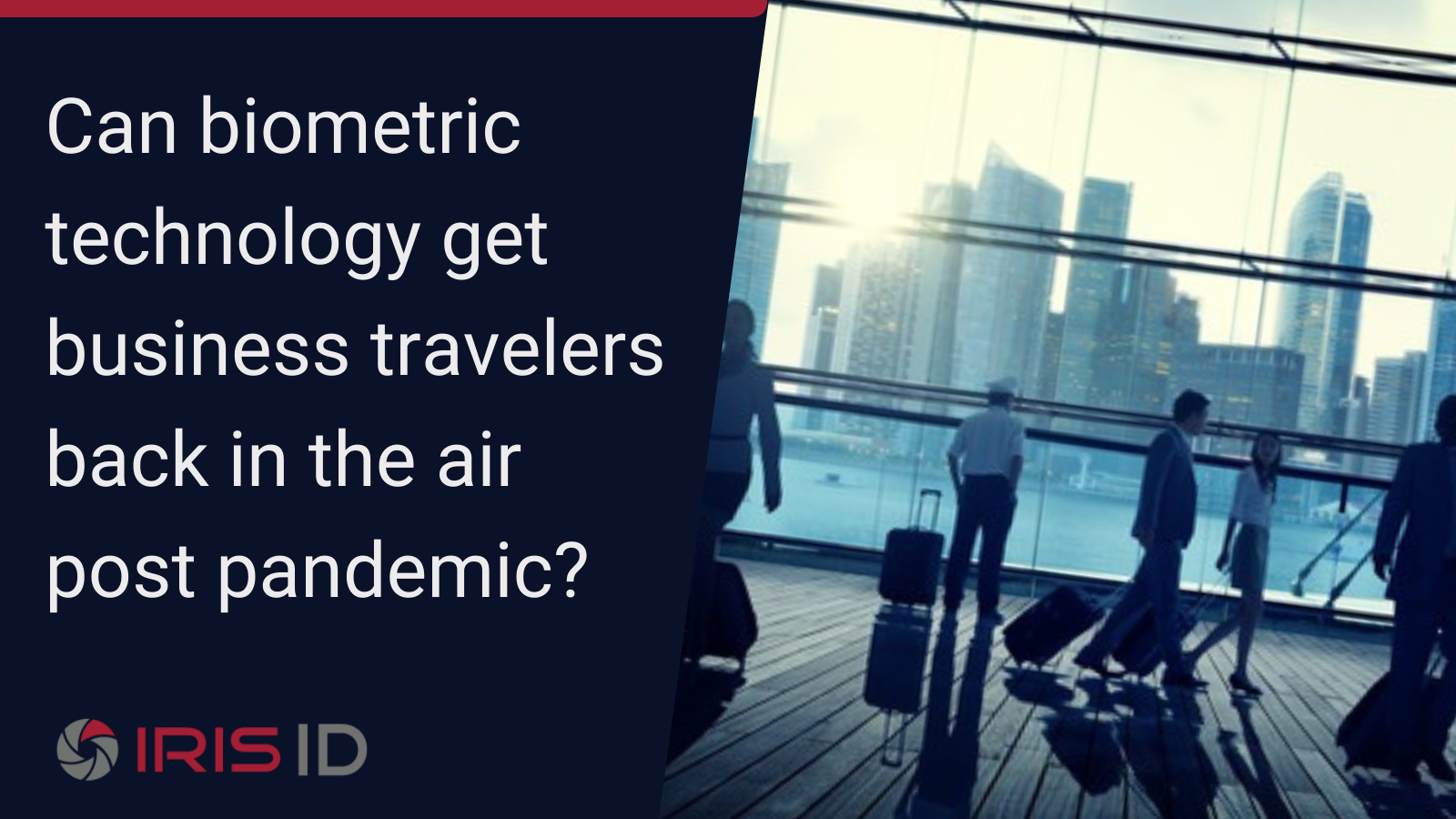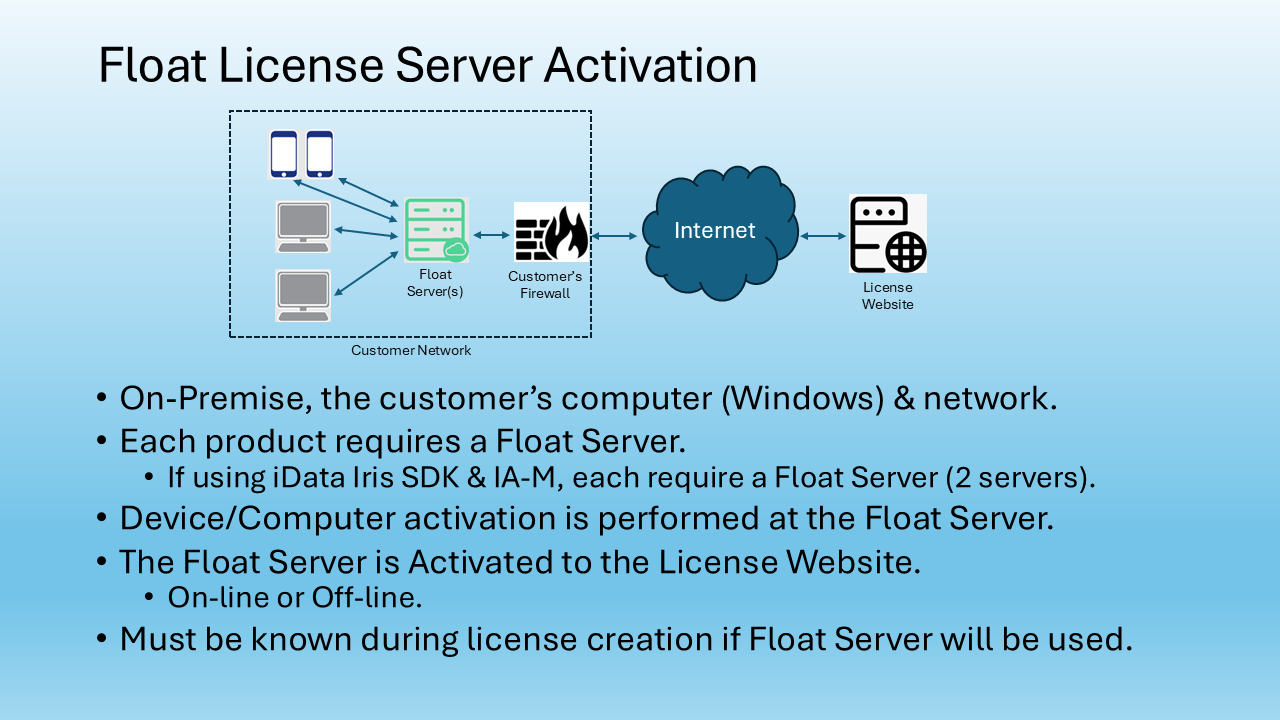By Mohammed Murad
It’s no secret that air travel is way down from pre-pandemic days by about 60%. Although pleasure travelers are returning, business travels are not. While the latter group accounts for only one in eight tickets sold, it accounts for up to 75% of airline revenue. Winning them back is a challenge facing airline and airport officials.
Getting through security lines faster and more conveniently is one approach being employed. Many international airports now offer self-service kiosks, including biometric technologies, to identify passengers rapidly and accurately.
But business travelers aren’t alone in wanting faster access from the curb to the boarding gate. All passengers dislike waiting in lines. In its 2021 Global Passenger Survey, the International Air Transport Association (IATA) found travelers have an overwhelming and increasing willingness to share their biometric data to expedite the travel process. Nearly three-quarters of the respondents were willing to share biometric data – up from 46% in 2019.
Reducing time spent in lines was a significant concern for many surveyed passengers. More than half (55%) cited lines at boarding gates as an area needing improvement. Four in 10 want time spent in security lines reduced, while a slightly lower percentage identified lines at border control/immigration lines as a concern.
It’s easy to understand passenger frustration when comparing the average time people spent in airports pre-pandemic to today. Before COVID, the average passenger spent 1.5 hours in the airport for check-in, security, border control, customs and baggage claim. Heath checks have doubled that time during peak hours, although passenger volume is often about one-third of pre-pandemic levels.
Of those surveyed, 85% want to spend less than 45 minutes in the airport traveling with only carry-on luggage. Nine in 10 passengers traveling with a checked bag want their airport experience completed within an hour.
The IATA supports two programs designed to move passengers more quickly through airports. The IATA Travel Pass is a smartphone app containing vaccine certificates and test results verifying a passenger meets destination and transit requirements before departure.
The other program, One ID, uses smartphones to create a paperless airport experience. A single biometric token identifies a person at each airport touchpoint. By sharing their identity before arriving at the airport, passengers are immediately recognized as they drop off luggage. The same token clears a person through security, border control and the boarding gate. The token moves people quickly through customs and into baggage claims at the destination. This program reduces – if not eliminates – lines and saves time, making the airport experience more palatable.
System privacy is a concern. An IATA survey showed just over half of the respondents have concerns about data breaches, wanting clarity about who can access their data and how it is used. One ID is designed so only authorized people may access passenger data and only on a need-to-know basis.
Travel Pass and One ID improve passenger satisfaction, enhance security and increase capacity within an airport’s existing infrastructure. Global agreements recognized by governments and the airline industry are needed to get these programs in widespread use.
A comprehensive effort is needed to revive the air travel industry and get business travelers flying again. The key is a common biometric identifier that removes the need for multiple certificates and other documents that slow travel.
In our next blog, we’ll examine various available biometric technologies.


